Sony A7R IV vs A7R III vs A7R II: pixels vs price, and how to choose the right model
The Sony A7R IV has 61 million pixels, but the A7R III and A7R II can give you a taste of its performance for a lot less money
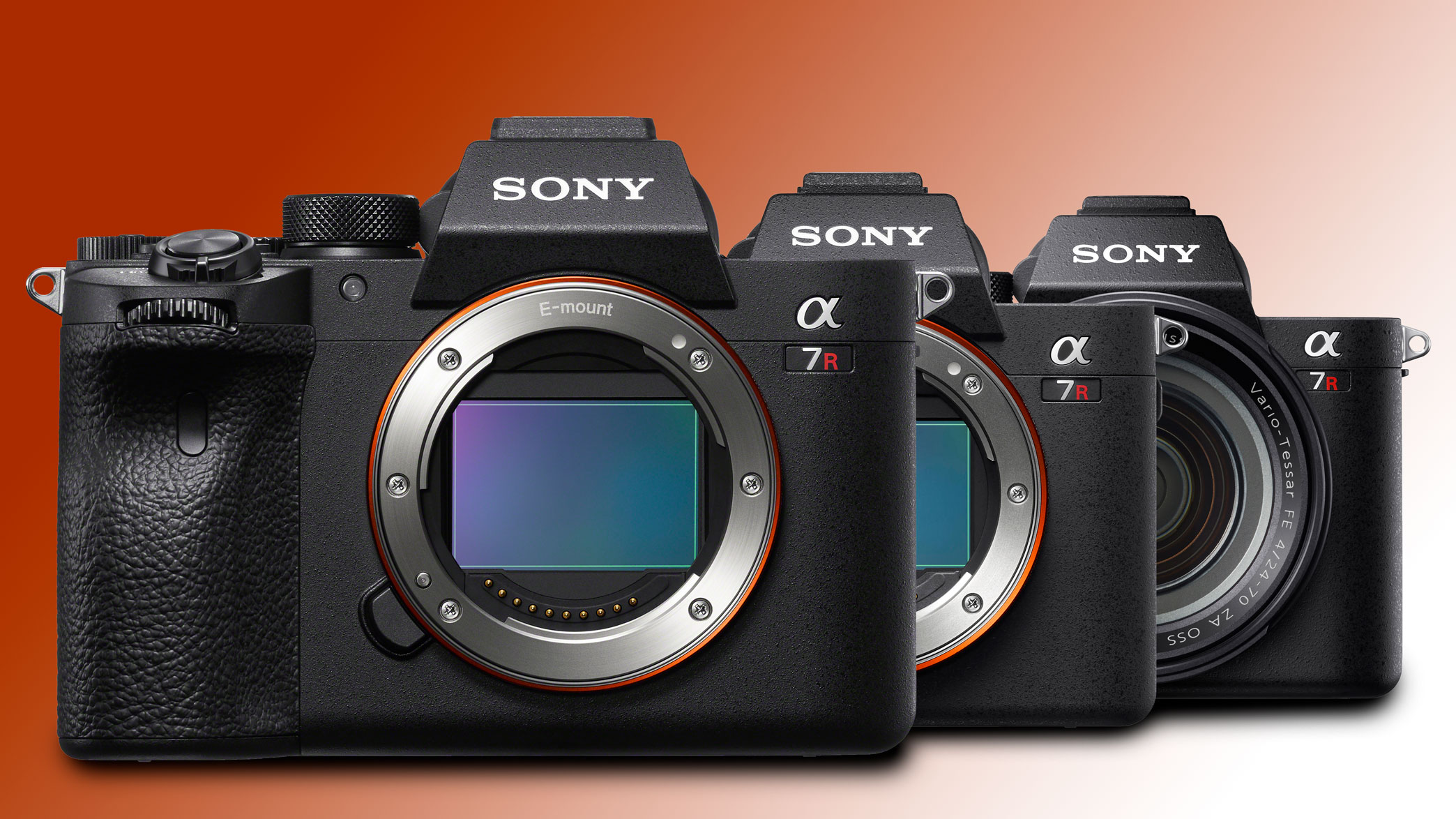
Introduction
Sony’s policy of keeping older camera models on sale at reduced prices means that its brand new Sony A7R Mark IV isn’t just competing against other mirrorless camera brands, but against cameras in Sony’s own line-up.
It’s true that the Sony A7R Mark IV is the highest resolution mirrorless Sony camera yet, with the best and latest autofocus system and formidable 10fps continuous shooting, but the 2017 Sony A7R III gives it a run for its money in all but outright resolution, and the 2015 Sony A7R II still has more resolution than all but the best mirrorless cameras, but at a fraction of the price. In their time, the Sony A7R II and Sony A7R III have been amongst the best cameras for professionals, and the A7R IV looks set to follow in their footsteps.
• Update: Since this comparison was first published, Sony has of course dropped the bombshell that is the Sony A1. Should that camera be in this comparison? Maybe one day, but there are a couple of reasons for not including it right now. First, it's twice the price of any of these cameras, and with its 8K video and high frame rates it's a completely different proposition and not a 'resolution first' camera like these. Second, if you can afford a Sony A1, you probably wouldn't even look at any of these A7R models... except perhaps the Sony A7R IV.
So there’s no doubt that Sony’s A7R cameras deliver massive specs for the money, and all three candidates can claim to be amongst the best mirrorless cameras available right now, not to mention the best Sony cameras, but with the two older versions still on sale, which camera offers the best value, and if you’re not yet ready to splash all that cash on the Mark IV, which one is best suited to your style of photography and your budget?
Specs compared
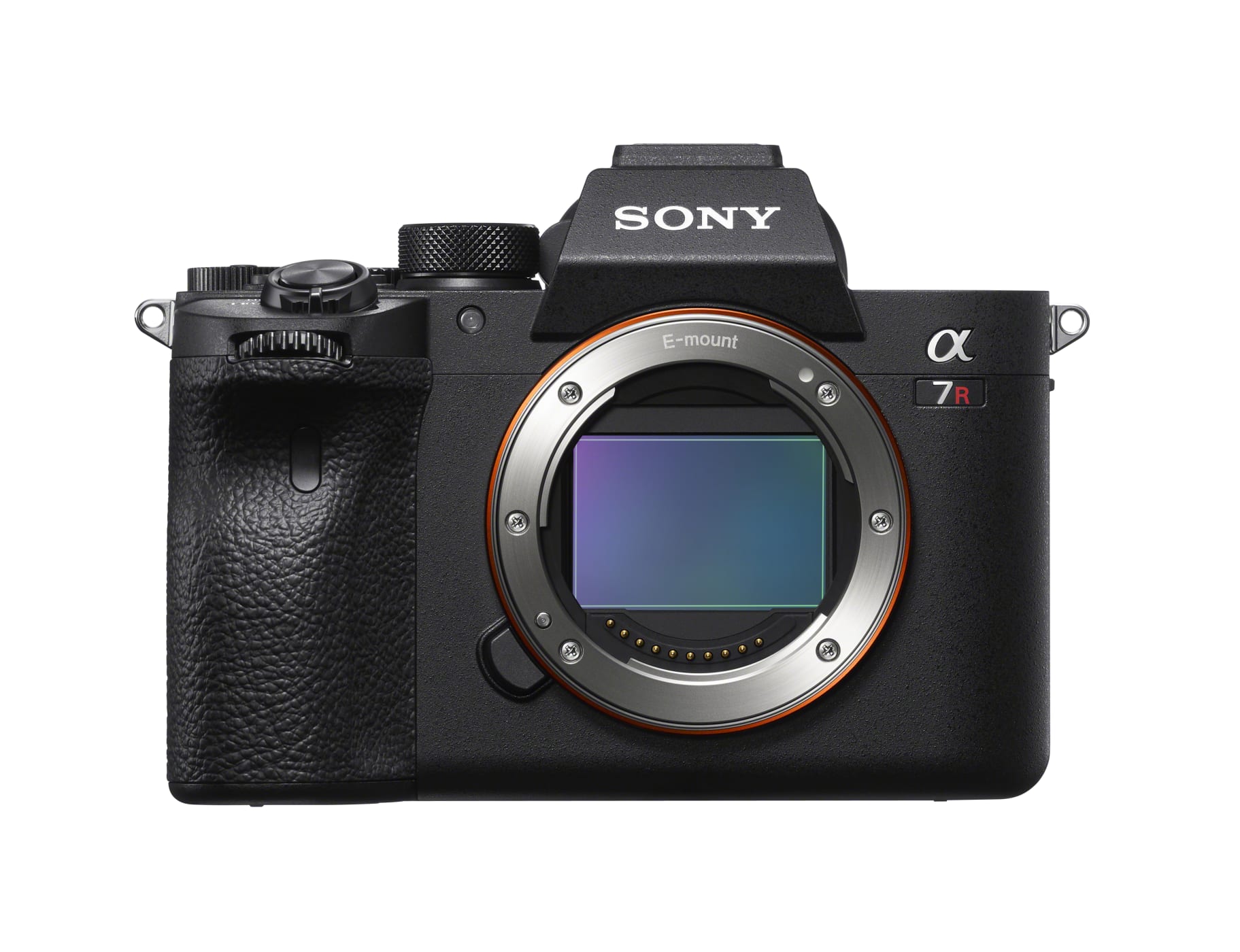
1. Sensor
Why you can trust Digital Camera World
| Header Cell - Column 0 | Sony A7R IV | Sony A7R III | Sony A7R II |
|---|---|---|---|
| Sensor | 61.0MP full frame CMOS | 42.4MP full frame CMOS | 42.4MP full frame CMOS |
All three Sony A7R models feature back-illuminated full frame CMOS sensors, but where the A7R Mark III and A7R Mark II have the same 42.4MP resolution, the new A7R Mark IV streaks ahead with 61 million pixels. If outright resolution is your priority, the A7R Mark IV delivers the most, but the A7R Mark II offers the best value. The camera in between, the A7R Mark III, has many other qualities but the outright resolution is unchanged over the A7R Mark II.
2. ISO range
| Header Cell - Column 0 | Sony A7R IV | Sony A7R III | Sony A7R II |
|---|---|---|---|
| ISO range | 100-32,000 (exp. 50-102,400) | 100-32,000 (exp. 50-102,400) | 100-25,600 (exp. 50-102,400) |
Each new generation of cameras brings improved image processing and high ISO image quality. It’s a quiet revolution that takes place slowly over time. Even so, there’s been little change across all three camera versions. The A7R Mark III got a very small boost to its maximum standard ISO, going up from ISO 25,600 to ISO 32,000, but that has stayed the same for the A7R Mark IV. Processing improvements mean Sony can keep the same ISO range despite the higher megapixel count, but there have been no ISO breakthroughs or even much change to speak of.
3. Viewfinder
| Header Cell - Column 0 | Sony A7R IV | Sony A7R III | Sony A7R II |
|---|---|---|---|
| Viewfinder | 0.5in 5.76m dots, 0.78x magnification | 0.5in 3.68m dots, 0.78x magnification | 0.5in 2.36m dots, 0.78x magnification |
Sony has steadily increased the resolution of its electronic viewfinder. The A7R Mark II has an adequate but unexceptional 2.36 million pixel EVF, but on the A7R Mark III this was increased to 3.68 million dots. The Sony A7R Mark IV tops the lot, with an EVF with 5.76 million dots – the joint highest resolution for any current EVF. All three viewfinders offer the same 100% coverage, however, and the same 0.78x magnification.
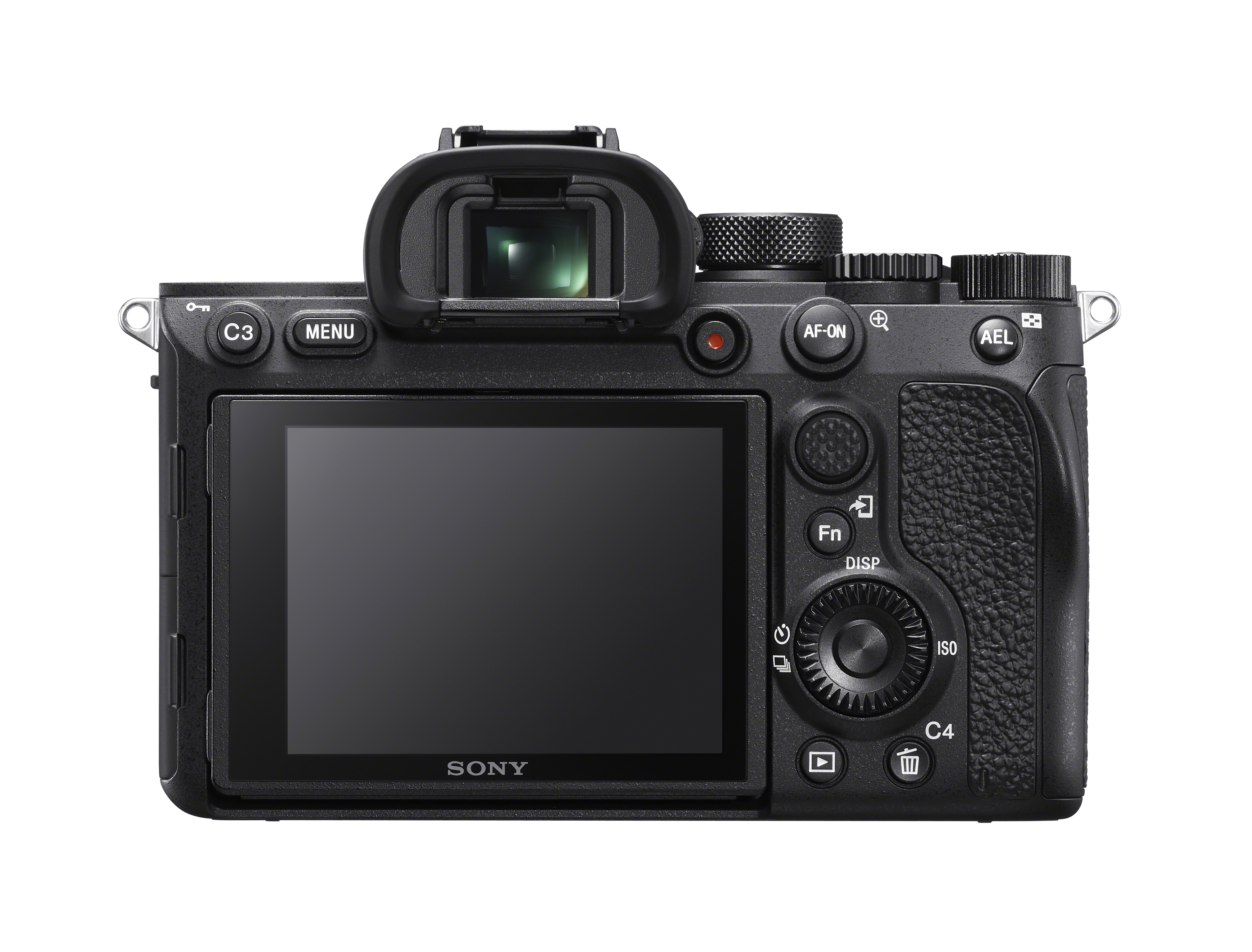
4. Rear screen
| Header Cell - Column 0 | Sony A7R IV | Sony A7R III | Sony A7R II |
|---|---|---|---|
| Rear screen | 3in tilting touchscreen, 1.44m dots | 3in tilting touchscreen, 1.44m dots | 3in tilting, 1.229m dots |
There’s been no change to the screen size and mounting of the rear screen. It’s still a 3-inch tilting display. The difference is that in the swap from the A7R II to the A7R III, Sony added touchscreen capability and a slightly higher 1.44m dot resolution. The Sony A7R IV keeps this same screen, so apart from the addition of touch control in the A7R III, not much has changed here.
5. Autofocus
| Header Cell - Column 0 | Sony A7R IV | Sony A7R III | Sony A7R II |
|---|---|---|---|
| Autofocus | 567 PD, 425 CF points | 399 PD, 425 CF points | 399 PD, 25 CF |
Sony always makes a lot of noise about its autofocus technologies and developments. The A7R II had a relatively basic (by Sony standards) hybrid AF system with 399 phase detection AF points and 25 contrast AF points, but the A7R III upped the game with a big increase in contrast AF points (up from 25 to 425), while the A7R IV brings more phase detection AF points (567). The A7R III and A7R IV have also steadily increased the AF coverage across the image frame.
6. AF modes
| Header Cell - Column 0 | Sony A7R IV | Sony A7R III | Sony A7R II |
|---|---|---|---|
| AF modes | Lock-on AF, Human (Right/Left Eye Select) / Animal, [Movie] Human (Right/Left Eye Select), Real-time Eye AF for video, Eye AF for animals | Lock-on AF, Eye AF, Predictive control, Real-time Eye AF via update, Eye AF for animals | Lock-on AF, Eye AF, Predictive control |
Even as far back as the A7R II Sony had implemented Eye AF in both single-shot and continuous AF modes, but the A7R III adds some of Sony’s latest AF tech (via a firmware update) including Real Time Eye AF and Eye AF for Animals. The A7R IV also offers Real Time Eye AF for video. Even if you don’t use or need sophisticated Eye AF, there have been steady improvements in AF speed, acquisition and tracking too.
7. Shutter speeds
| Header Cell - Column 0 | Sony A7R IV | Sony A7R III | Sony A7R II |
|---|---|---|---|
| Shutter speeds | 1/8000-30sec plus B | 1/8000-30sec plus B | 1/8000-30sec plus B |
Interestingly, nothing has changed here. All three cameras offer a 1/8000-30sec plus B shutter speed range, and even as far back as the A7R Mark II, Sony was claiming a shutter life of 500,000 shots. For many stills photographers, very little has changed, though if you shoot sports and action, the shutter speed range is only one aspect of the camera’s capabilities – there have been significant strides elsewhere, and not just in the autofocus technology but in the continuous shooting capabilities of these cameras.
8. Continuous shooting
| Header Cell - Column 0 | Sony A7R IV | Sony A7R III | Sony A7R II |
|---|---|---|---|
| Continuous shooting | 10fps, 68 JPEG/68 RAW | 10fps, 76 JPEG/76 RAW | 5fps, 30 JPEG/23 RAW |
The Sony A7R Mark II was not built for high-speed shooting. The 5fps maximum frame rate is adequate for relatively slow-moving subjects but the buffer capacity is weak at just 30 JPEGs or 23 raw files. The big step-change came with the Sony A7R Mark III, which doubled the frame rate and more than doubled the buffer capacity, offering 10fps and 76 JPEG or 76 raw files. This suddenly made the A7R III a maestro of both resolution and action, and is arguably its single biggest advantage over the A7R III. The new A7R IV manages to match the A7R III’s 10fps shooting, though not quite its buffer capacity – though 68 JPEG images or 68 raw files in a burst is pretty amazing when you consider each image is 61 megapixels in size.
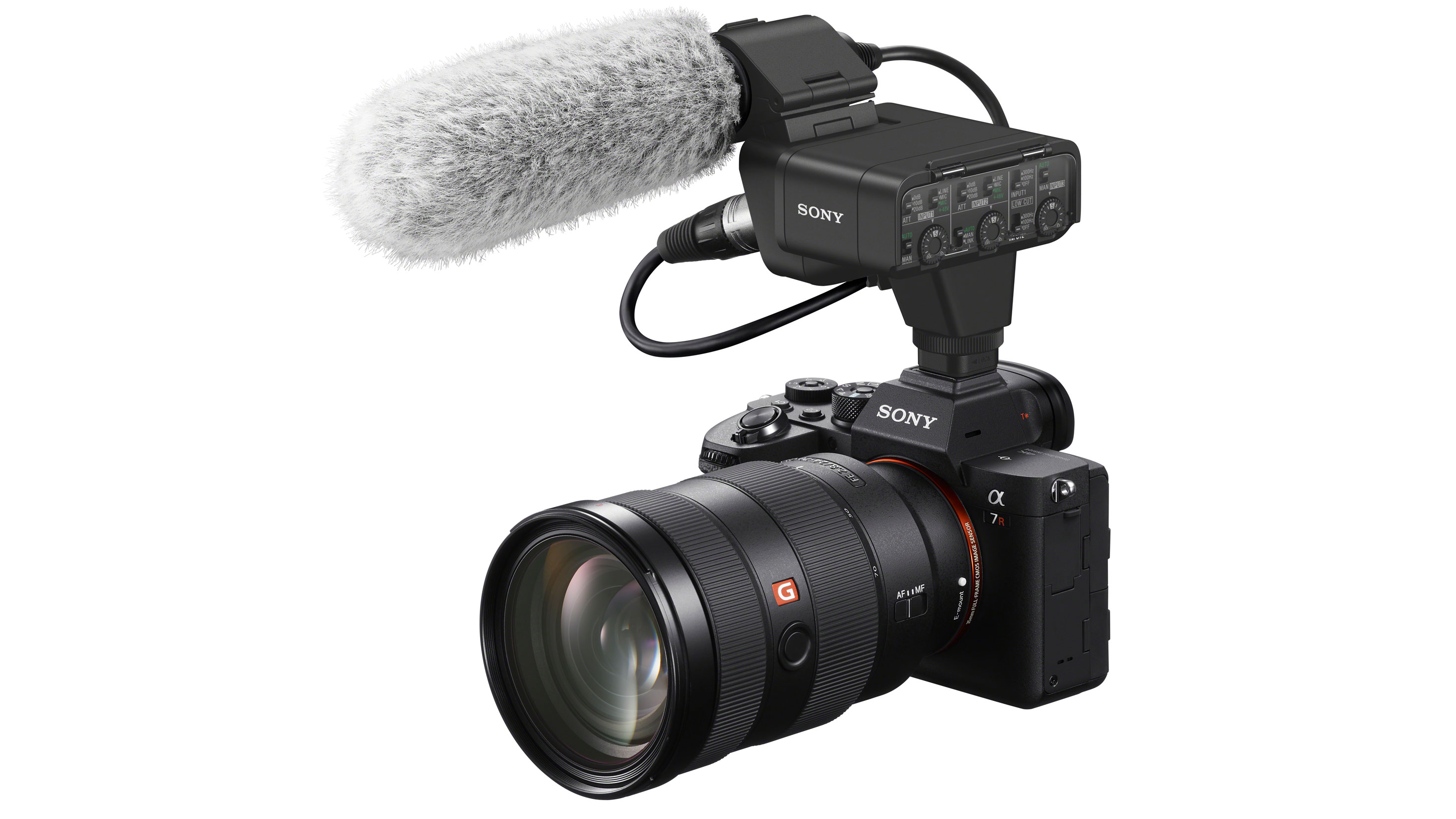
9. Video
| Header Cell - Column 0 | Sony A7R IV | Sony A7R III | Sony A7R II |
|---|---|---|---|
| Video | 4K UHD, 30/24p | 4K UHD, 30/24p | 4K UHD, 25p |
Sony is as proud of its video capabilities as it is its autofocus technologies, but very little has, in fact changed since the arrival of the A7R Mark II. This brought in 4K UHD video which can be either uncropped across the full frame width but not the best quality, or a higher-quality ‘cropped’ mode equivalent to the Super 35mm format. That’s still the case now, right up to and including the Sony A7R IV. The only things to change are the frame rates – the A7R II was fixed at 25p, while its successors offer 30/24p capture – and Sony’s steadily improving autofocus technologies.
10. Batteries
| Header Cell - Column 0 | Sony A7R IV | Sony A7R III | Sony A7R II |
|---|---|---|---|
| Batteries | NP-FZ100, 530 shots | NP-FZ100, 530 shots | NP-FW50, 290 shots |
Mirrorless cameras are pretty greedy with batteries, as owners will know only too well. The Sony A7R II can only manage 290 shots on its NP-FW50 lithium ion battery. With the A7R Mark III, however, Sony introduced a new NP-FZ100 cell with a much higher capacity of 530 shots. That’s pretty good by mirrorless standards, and that same battery (and battery life) also feature in the latest Sony A7R Mark IV.
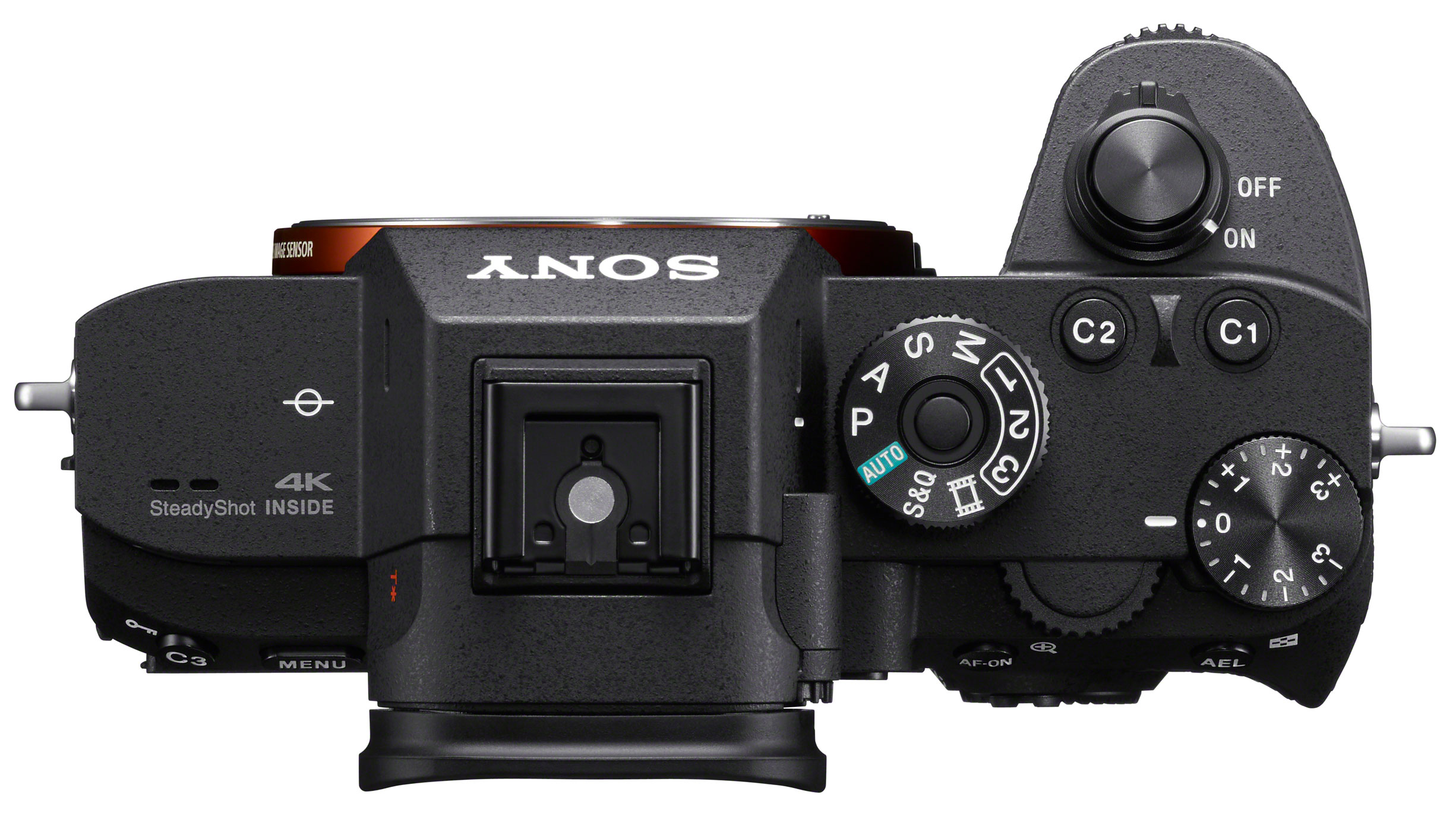
11. Dimensions
| Header Cell - Column 0 | Sony A7R IV | Sony A7R III | Sony A7R II |
|---|---|---|---|
| Dimensions | 128.9 x 96.4 x 77.5mm | 126.9 x 95.6 x 73.7mm | 126.9 x 95.7 x 60.3mm |
Sony’s A7R cameras have steadily grown in size, but while the A7R II and A7R III are essentially the same size (though we think Sony has changed the way it measures body thickness in its official specifications), the A7R Mark IV is a little wider, thicker and taller, with a bigger grip. That’s no bad thing, as Sony’s A7 bodies often feel a little too small compared to the size of Sony’s lenses.
12. Weight
| Header Cell - Column 0 | Sony A7R IV | Sony A7R III | Sony A7R II |
|---|---|---|---|
| Weight | 665g | 657g | 625g |
The Sony A7R Mark IV may be the largest camera in the series so far, but the overall weight hasn’t really changed very much between this model (665g) and the Sony A7R Mark II (625g). That’s too small a difference, in our opinion, to factor into any buying decision.
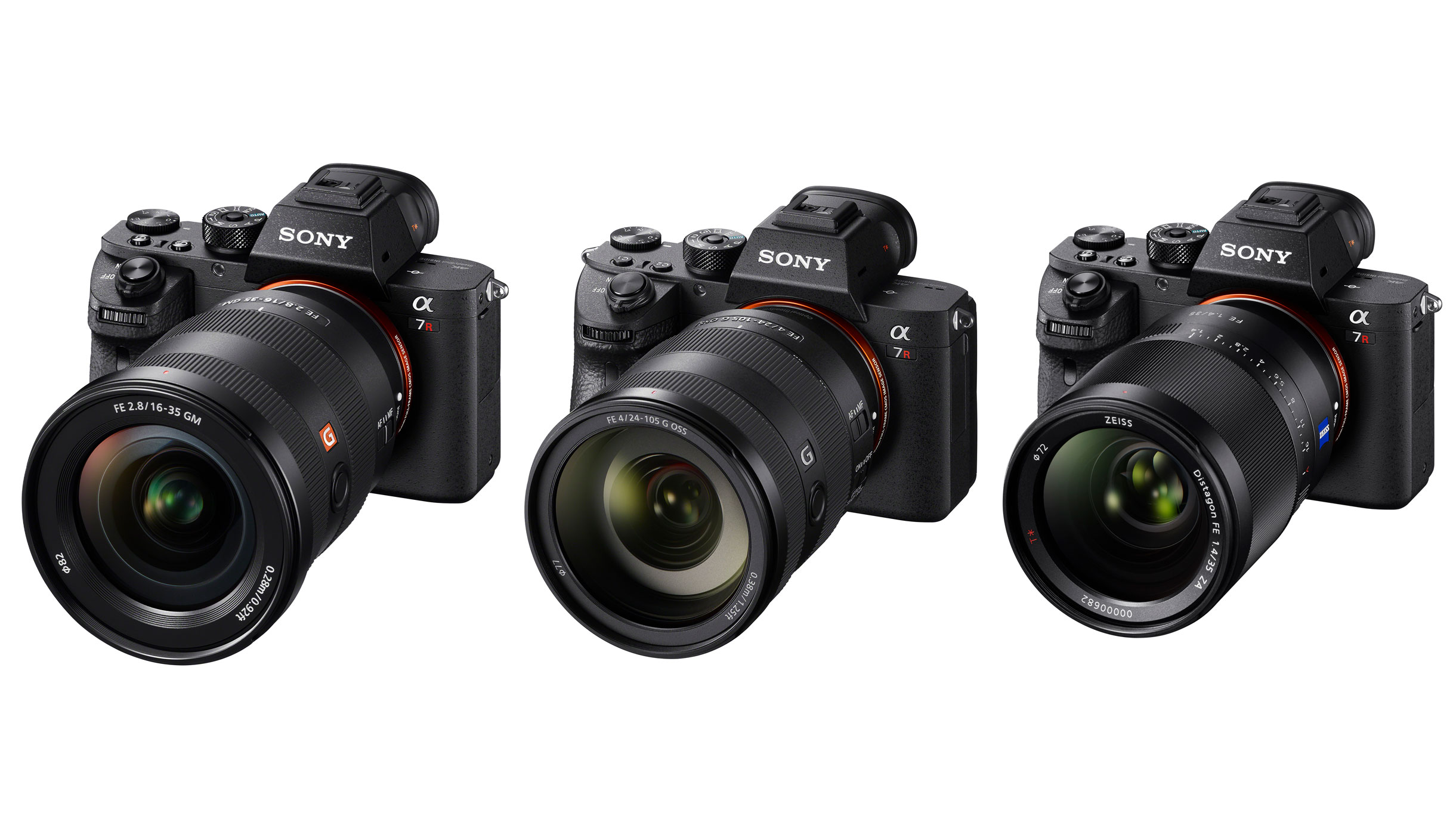
Verdict
Obviously, the Sony A7R Mark IV is the camera that everyone will want, but it costs A LOT more than the A7R Mark III and the A7R Mark II, both of which are still on sale – so which should you choose?
For outright resolution, the Sony A7R Mark IV is the obvious choice, but if that’s too expensive, take a look at the Sony A7R Mark II instead. It’s massively cheaper and, A7R IV aside, still ranks amongst the highest-resolution full frame mirrorless cameras you can get. If you shoot landscapes, portraits, travel or any kind of slow-moving or static subject, the A7R Mark II still has what it takes.
If you’re more interested in action, however, this rules out the A7R Mark II, and the decision lies between the A7R Mark IV and A7R Mark III. Both can shoot at 10fps, but the cheaper A7R Mark III has a slightly higher buffer capacity, and while its resolution is lower, it’s still very high indeed for a camera that can shoot at these speeds.
For video, it’s a close call between the A7R Mark IV and the A7R Mark III, both of which narrowly shade the older A7R Mark II for frame rates and are well ahead for autofocus technology. In fairness, though, all three are starting to look a little pedestrian in their capabilities compared to what rival cameras can do. If video is your main interest, none of these A7R series cameras is likely to be your first choice.
To sum up, the Sony A7R Mark IV is the obvious dream camera in this three-way comparison, but if you can accept a drop in resolution (and 42.4MP is still A LOT), the A7R Mark III gives you the same speed and responsiveness at a much lower price, while for regular stills photography, the Sony A7R Mark II, despite its age, is the best value by a mile.
Read more:
• We think these are the best cameras for professionals right now
• These are the best Sony cameras today
• We help you choose the best mirrorless camera to buy
How we test cameras
We test mirrorless and DSLR cameras both in real-world shooting scenarios and in carefully controlled lab conditions. Our lab tests measure resolution, dynamic range and signal to noise ratio. Resolution is measured using ISO resolution charts, dynamic range is measured using DxO Analyzer test equipment and DxO Analyzer is also used for noise analysis across the camera's ISO range. We use these real-world testing and lab results to inform our comments in buying guides. For compact cameras and phones, we judge on real world handling and photographic results alone.
Get the Digital Camera World Newsletter
The best camera deals, reviews, product advice, and unmissable photography news, direct to your inbox!

Rod is an independent photography journalist and editor, and a long-standing Digital Camera World contributor, having previously worked as DCW's Group Reviews editor. Before that he has been technique editor on N-Photo, Head of Testing for the photography division and Camera Channel editor on TechRadar, as well as contributing to many other publications. He has been writing about photography technique, photo editing and digital cameras since they first appeared, and before that began his career writing about film photography. He has used and reviewed practically every interchangeable lens camera launched in the past 20 years, from entry-level DSLRs to medium format cameras, together with lenses, tripods, gimbals, light meters, camera bags and more. Rod has his own camera gear blog at fotovolo.com but also writes about photo-editing applications and techniques at lifeafterphotoshop.com
